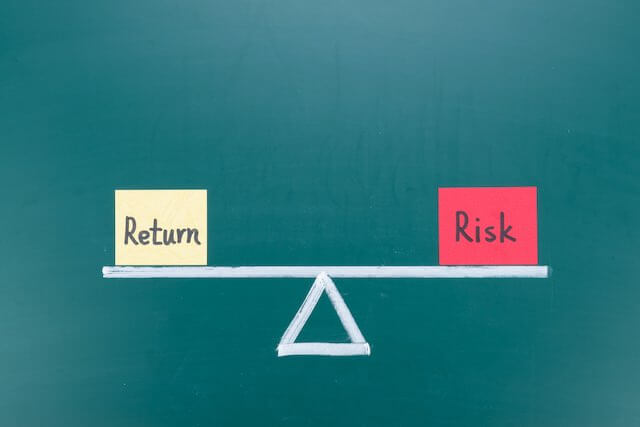In times of market turmoil, investors tend to move towards so-called “safe havens” – assets that are more likely to retain their value during market downturns – and the Thrift Savings Plan’s G Fund certainly fits that category of investment.
The G Fund is a financial asset uniquely available to TSP participants. Unlike TSP’s C, F, S, and I Funds, the G Fund is not duplicated by funds available through private asset management companies offering bond and stock funds.
Carrying many of the aspects of a money market fund, the fund pays a rate equal to longer-term government securities. That explains its popularity. Even before the recent market turmoil, 45% of TSP assets were in the G Fund.
“The G Fund invests exclusively in a nonmarketable short-term U.S. Treasury security that is specially issued to the TSP. The earnings consist entirely of interest income on the security.”
“The payment of G Fund principal and interest is guaranteed by the U.S. Government. This means that the U.S. Government will always make the required payments. In other words, your G Fund investment is not subject to credit (default) risk. (The risk that a borrower will not make a scheduled payment of principal and/or interest.)”
TSP Website
How is interest calculated?
G Fund interest represents the weighted average yield of all outstanding Treasury notes and bonds with 4 or more years to maturity. Although the G Fund reports a Daily Share Price, the interest rate is calculated monthly, based on the last day of the previous month.
While the interest rate is calculated monthly, TSP does publish a Daily Share Price.
The Daily Share Price is calculated as:
Daily Share price = net asset value (NAV) DIVIDED BY shares outstanding.
Each day’s net asset value (NAV) = yesterday’s NAV PLUS income (i.e., interest) MINUS expenses.
Changes in interest rates
Unfortunately, market turmoil has led to falling interest rates and lower returns for the G Fund.
When the G Fund was introduced back in the 1980s, no one imagined that interest rates would be falling to their present levels. As an example of how interest rates have fallen in general, one only has to look at the yield on 10-year Treasuries.
What should TSP participants do?
None of this discussion answers what is probably the most pressing question for TSP participants – Should I be in the G Fund?
This article is not meant to provide investment advice. As the current economic situation easily demonstrates, no one has a crystal ball on the future, even though many speak as though they have special insights.
As Brad Bobb wrote, market drawdowns can be very nerve wracking. Moving money into or out of the G Fund involves your understanding of yourself, your investment plans, and how you handle matters of risk and uncertainty. (See Is Now the Time to Move to the G Fund?)



